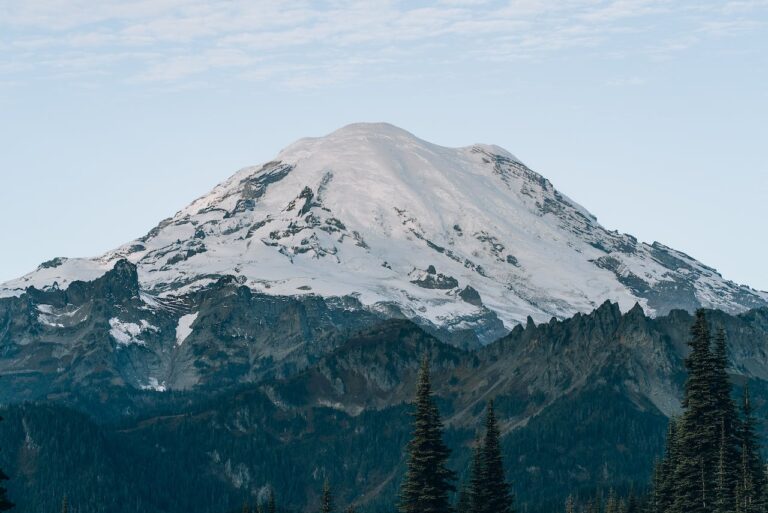Also known as Zaire, the Democratic Republic of Congo (DRC) is a nation that has faced a long period of instability. However, the country is now making a comeback and opening its gates for travelers to explore the country’s wilderness.
The DRC is Africa’s second-largest country and is famous for its natural resources. The country offers industrial diamonds, copper, and cobalt.
There are lots of UNESCO World heritage sites in the country where you can explore. In addition, there are majestic raging rivers, active volcanoes, and rich wildlife.
Its capital city is Kinshasa. After gaining independence from Belgium in 1960, it was named the Republic of Zaire till 1997.
The country gets its name from the Congo River and the kingdom of Kongo people who live on the river’s mouth.
The country is deemed to be somewhat dangerous for tourists as violent crimes are still prevailing in some areas of the country.
Armed robbery and assault also are common, and sometimes these criminals pose as police officers as well.
Travel with caution when you’re exploring the Democratic Republic of Congo (DRC). Also, avoid demonstrations if it’s happening in the area you’re traveling at.
Geography
The DRC is situated in central Africa and has a 25-mile coastline on the Atlantic Ocean.
The central African Republic and South Sudan border DRC to the north, whereas Uganda, Burundi, and Rwanda border the country to the east, Zambia to the southeast, and Angola to the southwest.
The country features a large river basin, high plateaus, a significant valley, a low coastal plain, and three mountain ranges.
The highest point of elevation of the DRC is 2,296 feet, whereas the lowest point is 1,109 feet.
There are two types of soils in the DRC such as the Equatorial soils and Savanna soils.
Equatorial soils are present in areas that receive abundant rainfall and are warm and humid. They are covered with thick forests.
Savanna soils, on the other hand, have a risk of erosion. However, the river valleys have rich and fertile soil.
Climate
The DRC lies within the inner humid tropical climatic region.
The country’s climate is also determined by the intertropical convergence zone (ITCZ).
The DRC has four major climatic regions: the equatorial climate zone, tropical or subequatorial climate zone, Atlantic climatic zone, and mountain climate zone.
Best time to travel to the Democratic Republic of Congo
It is best to travel to the Democratic Republic of Congo from May to September. It marks the long dry season and is a perfect time to explore the country with no disturbance from rainfall.
June and July are the driest months. Plus, the temperature is also cool during these months.
January and February have shorter dry periods.
Nature and Wildlife
The country has impressive plant and animal life, which varies according to the climate zones.
The Congo basin houses the equatorial rainforests and has trees that reach 130-160 feet.
The tropical climate zones have grasslands and woodlands, the coastal swamps have mangrove trees and the eastern plateaus have grasslands and mountain forests.
The country boasts plants that can be used in traditional medicine, such as cinchona, rauwolfia, and edible mushrooms.
You will also find many animals in different parts, such as chimpanzees, gorillas, Bonobos, and elephants.
You will find Aruwimi, giant wild boars, Ituri, and short antelopes in the forests of Uele.
The grasslands and savanna are home to lions, leopards, hyenas, giraffes, jackals, wild hogs, black and white rhinoceros, and wildcats.
Marine life is equally rich in the Democratic Republic of Congo. There are whales, dolphins, and lungfishes near the coast and crocodiles and hippopotamuses, jellyfishes, eels, and more aquatic animals in the rivers and lakes.
You can also go birdwatching in this country as it houses many beautiful birds like pelicans, parrots, sunbirds, eagles, and more.






